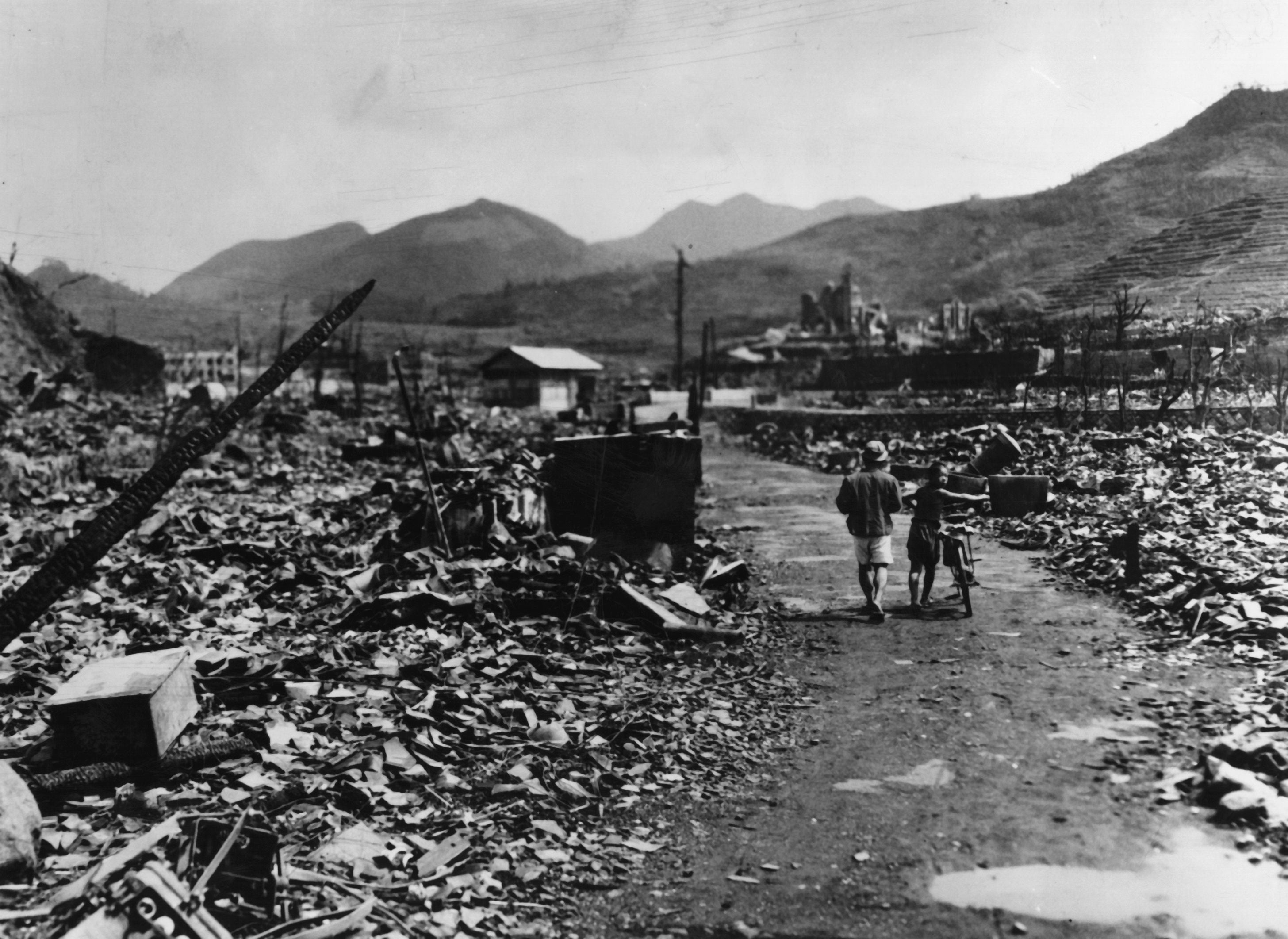North Korea nuclear test: Alarm over Pyongyang's claim 'miniaturised' warhead can be loaded on missile
Experts said greatest concern is not the size of blast but possible weapon development

Your support helps us to tell the story
From reproductive rights to climate change to Big Tech, The Independent is on the ground when the story is developing. Whether it's investigating the financials of Elon Musk's pro-Trump PAC or producing our latest documentary, 'The A Word', which shines a light on the American women fighting for reproductive rights, we know how important it is to parse out the facts from the messaging.
At such a critical moment in US history, we need reporters on the ground. Your donation allows us to keep sending journalists to speak to both sides of the story.
The Independent is trusted by Americans across the entire political spectrum. And unlike many other quality news outlets, we choose not to lock Americans out of our reporting and analysis with paywalls. We believe quality journalism should be available to everyone, paid for by those who can afford it.
Your support makes all the difference.North Korea tested its most powerful nuclear device on Friday, but the more worrying aspect for its rivals was Pyongyang's claim that it had advanced its ability to make a nuclear weapon, by miniaturising and mounting a warhead on a missile.
Its KCNA news agency said the test had used a nuclear warhead that had been “standardised to be able to be mounted on strategic ballistic rockets”.
“The standardisation of the nuclear warhead will enable the DPRK to produce at will and as many as it wants a variety of smaller, lighter and diversified nuclear warheads of higher strike power,” KCNA said, referring to the North's formal name, the Democratic People's Republic of Korea.
There is little scientific evidence to verify that North Korea has perfected the science of creating a nuclear bomb small enough to fit on a ballistic missile and withstand the physics of atmospheric re-entry. But it may be getting closer.
In April, a South Korean official said the North had accomplished miniaturisation of a warhead, although the Pentagon said it did not necessarily share that assessment.
In March, North Korean leader Kim Jong Un met nuclear scientists working on miniaturisation. He was photographed at the visit looking at a small, ball-like device KCNA said was a miniaturised nuclear warhead. He was also photographed inspecting a missile nosecone.
“They called the A-bomb they displayed 'small-type' or 'miniaturised', but it might be better to say 'compact',” said Joshua Pollack, editor of the Nonproliferation Review. “It looked bigger than what we would call miniaturised, but they wanted to show us that it would fit into an ICBM (inter-continental ballistic missile) nosecone.”
“If it fits that nosecone, it ought to fit on a Scud or Rodong as well,” said Pollack. The Rodong is a North Korean medium-range missile tested earlier this week that can fire a 1 tonne warhead up to 1,250 miles.
That would bring all of South Korea and Japan within range.
After Friday's test, however, experts were more focused on the intensity of the blast.
Earthquakes triggered by North Korean nuclear tests have gradually increased in magnitude since Pyongyang's first test in 2006, indicating the isolated country is steadily improving the destructive power of its nuclear technology.
After Friday's test, South Korean monitors said the blast caused a 5.0 magnitude earthquake. The US Geological Survey (USGS) measured a magnitude of 5.3.
In terms of energy, the USGS estimation translates to a nuclear blast potentially 2.8 times stronger than the estimation given by the South, according to a USGS tool used to calculate earthquake strength.
After its fourth test, in January, North Korea boasted it had tested a hydrogen bomb, although the yield of that explosion indicated it was more likely to have been a boosted atomic bomb.

A boosted bomb is not as powerful as a standard H-bomb, but can efficiently increase the explosive power of an A-bomb by using small amounts of radioactive hydrogen isotopes.
Boosting means North Korean scientists can get more explosive yield out of a smaller amount of fissile material, stretching their small stockpile of plutonium further.
“This means they might have more bombs than a simple plutonium count would leave you to believe,” said Jeffrey Lewis of the California-based Middlebury Institute of International Studies.
In terms of explosive yield, the USGS measurement points to a North Korean bomb more powerful than the “Little Boy” bomb dropped on Hiroshima, and almost as powerful as the “Fat Man” bomb dropped on Nagasaki.
The South Korean measurement would indicate a yield slightly smaller than the Little Boy at 10 kilotonnes, although calculating yield is difficult and subject to the unknown variables in terrain and geology of the test site.
North Korea's first nuclear test in 2006 created a magnitude 4.3 earthquake, according to USGS data. Friday's bomb-induced 5.3 earthquake was a magnitude and therefore ten times bigger, indicating a significantly more powerful nuclear blast.
Reuters
Join our commenting forum
Join thought-provoking conversations, follow other Independent readers and see their replies
Comments